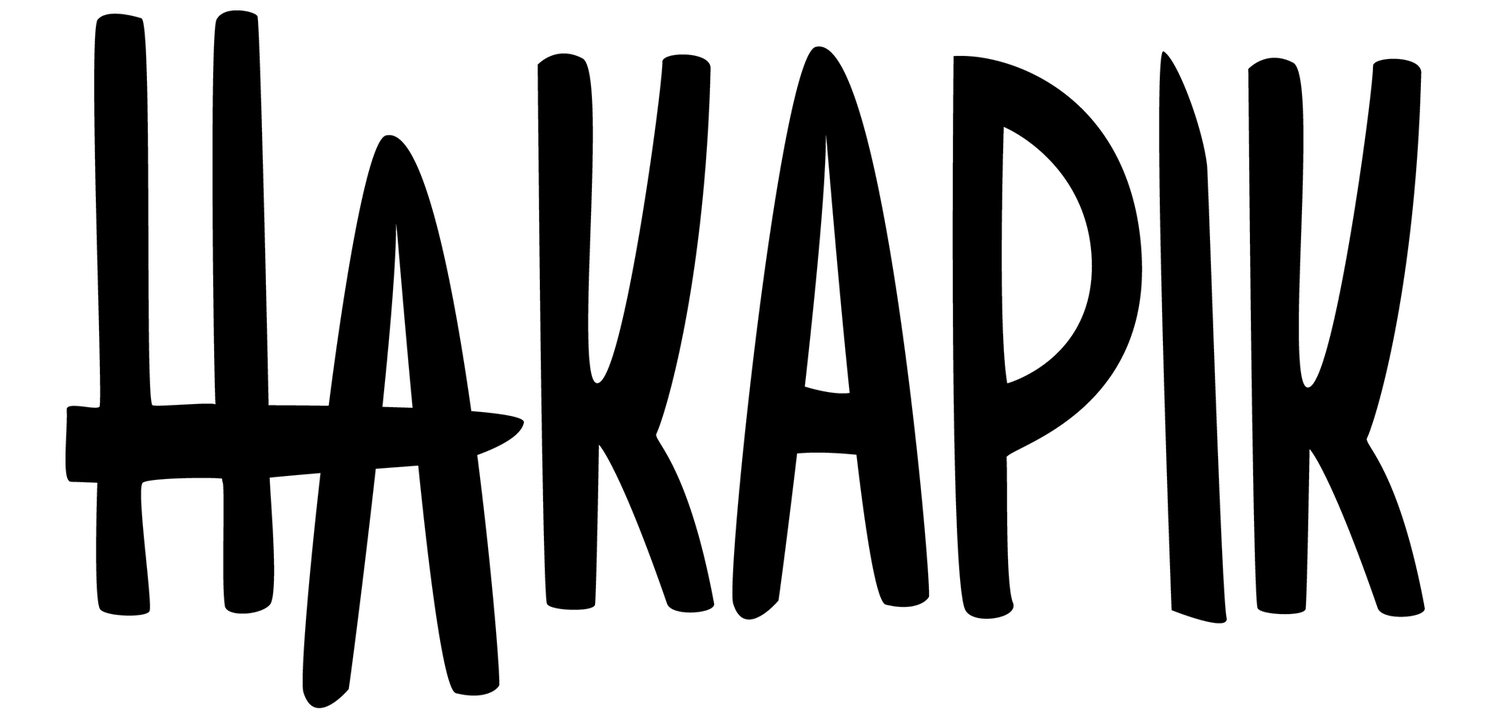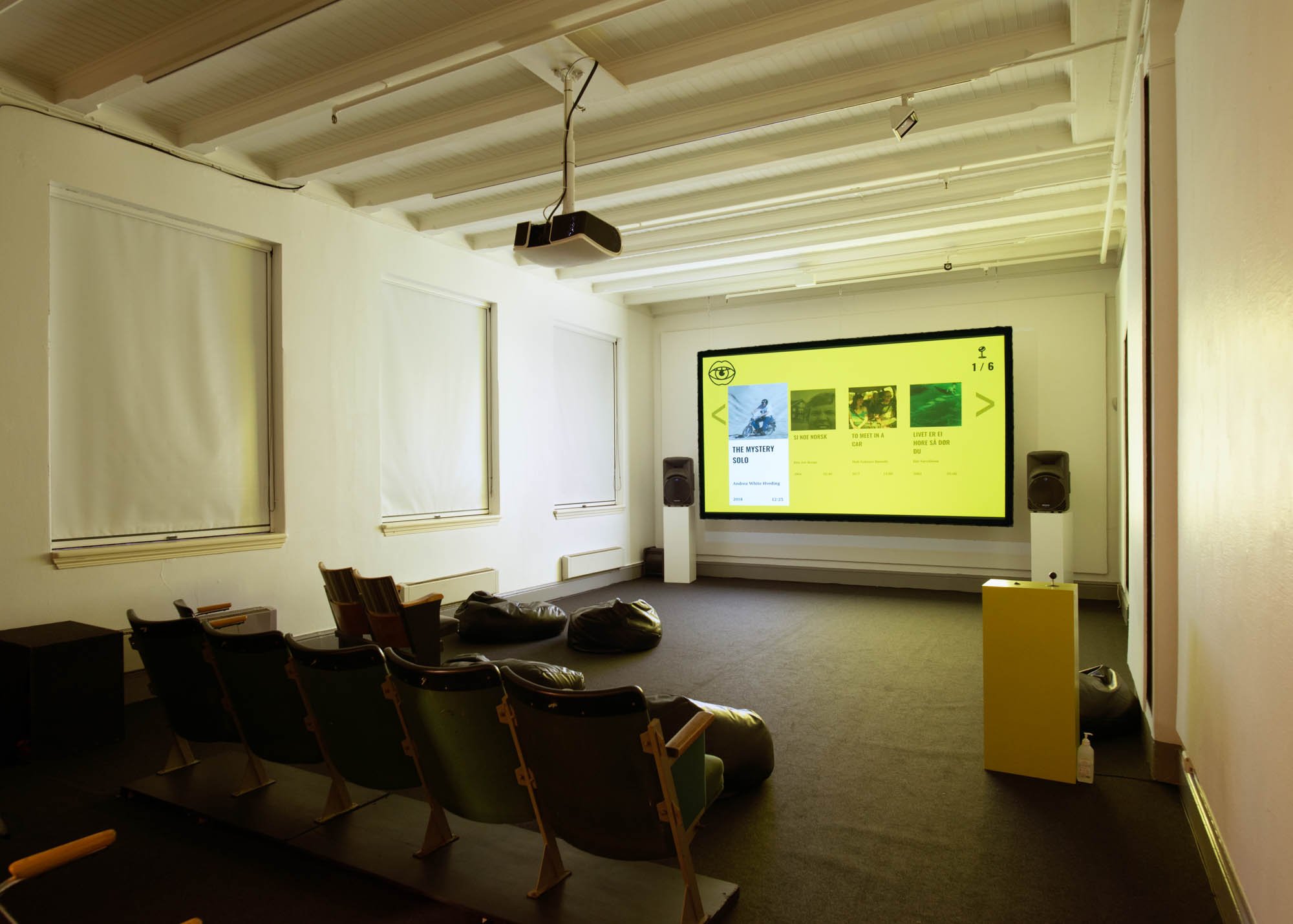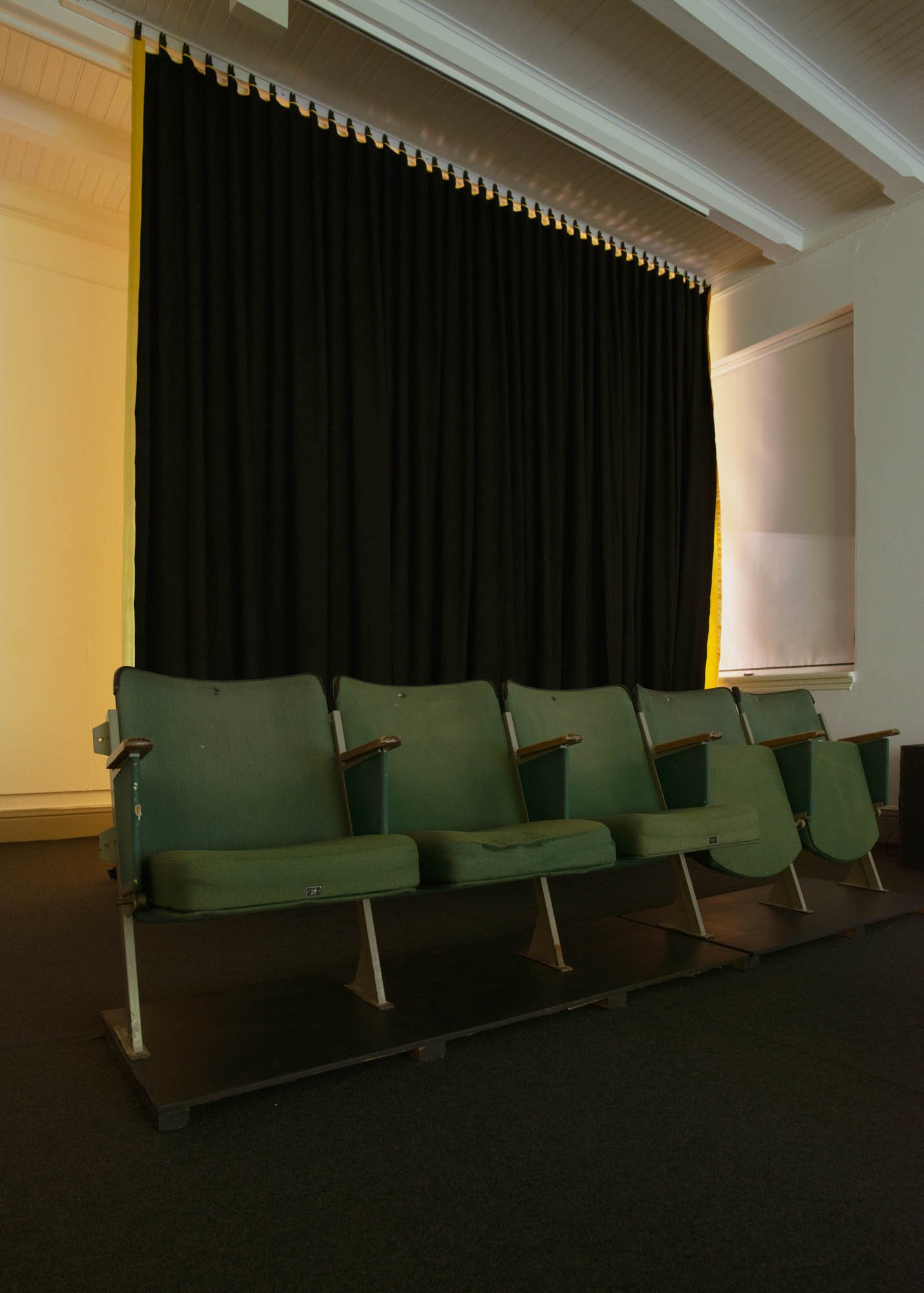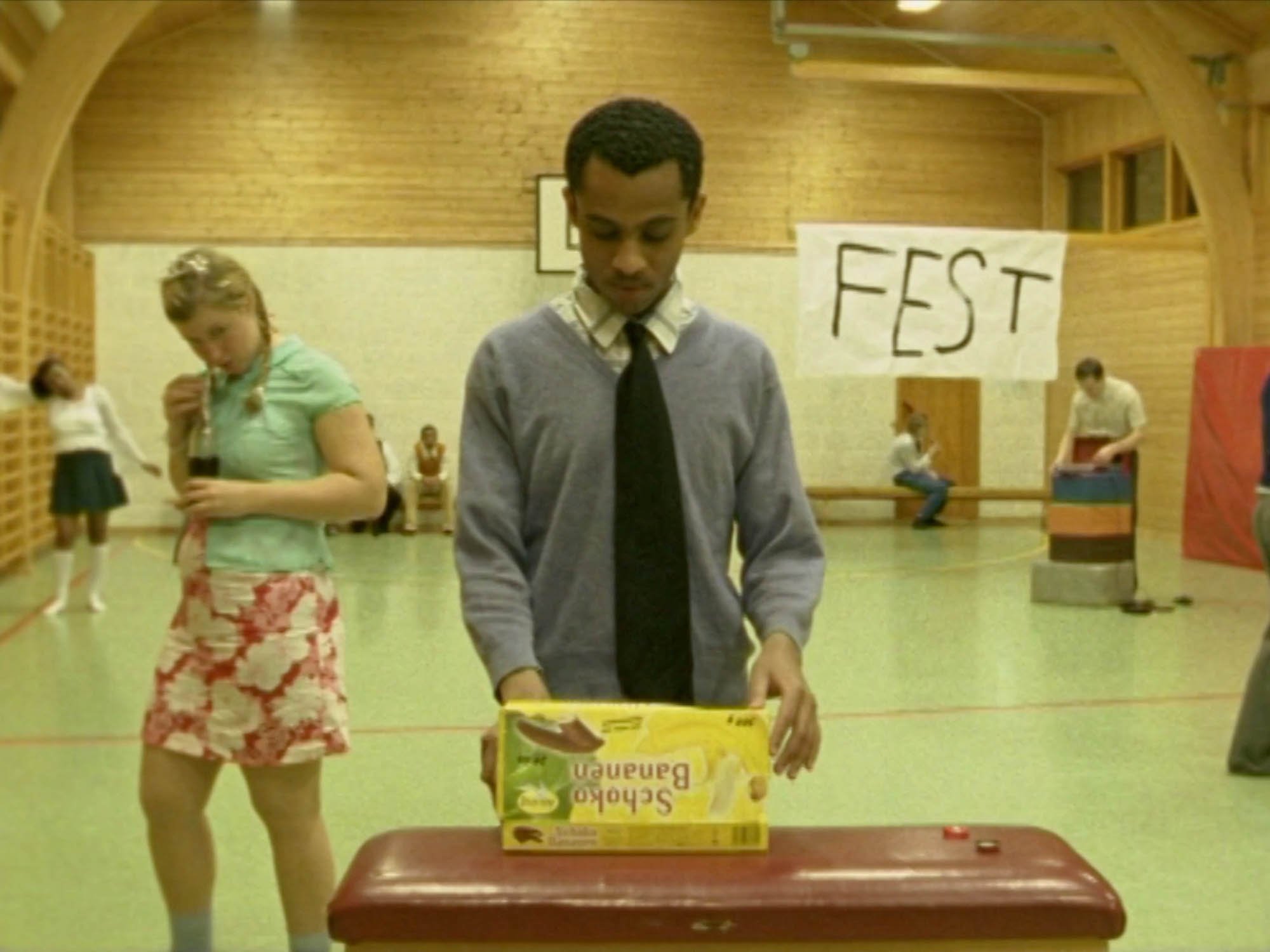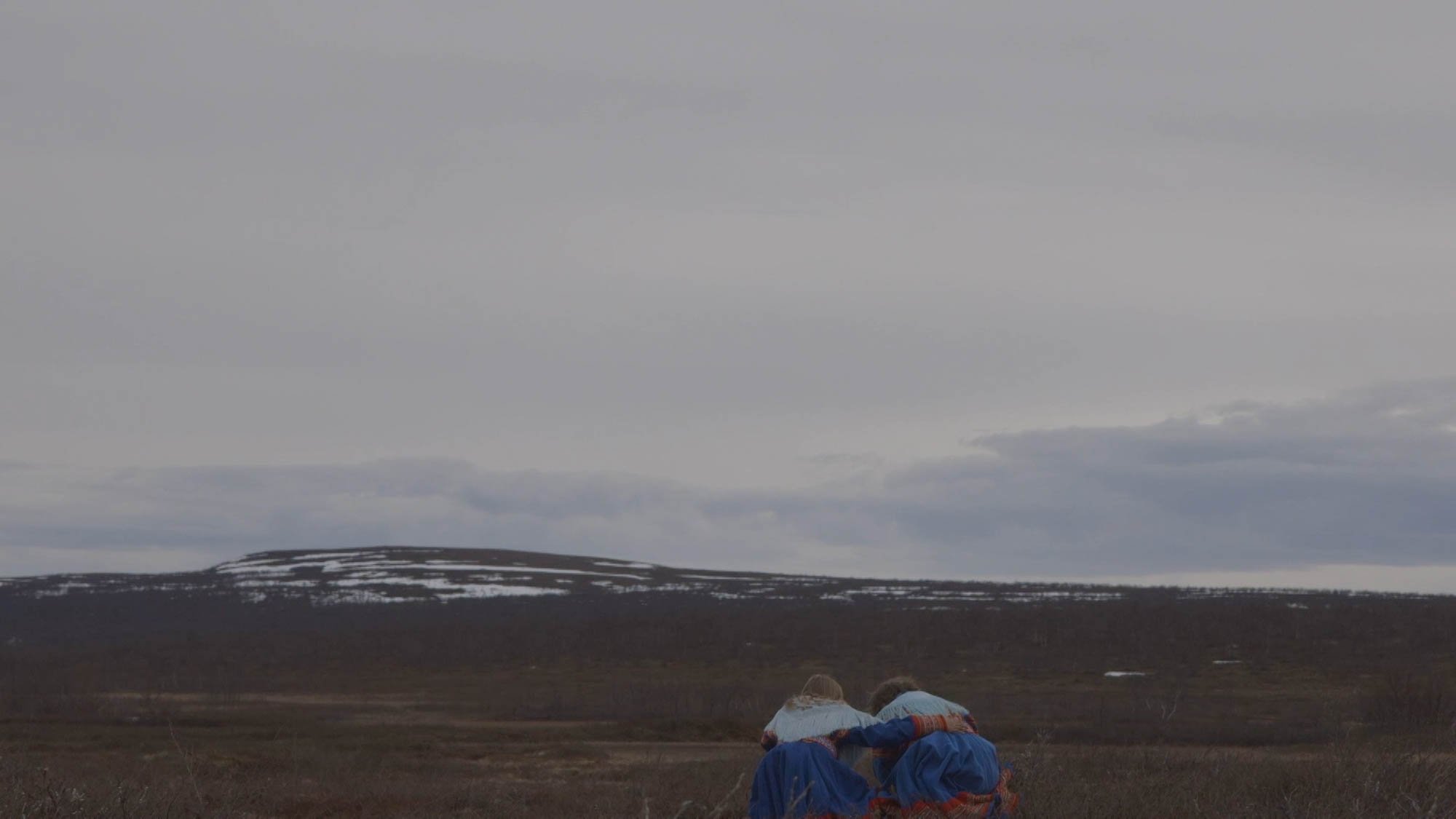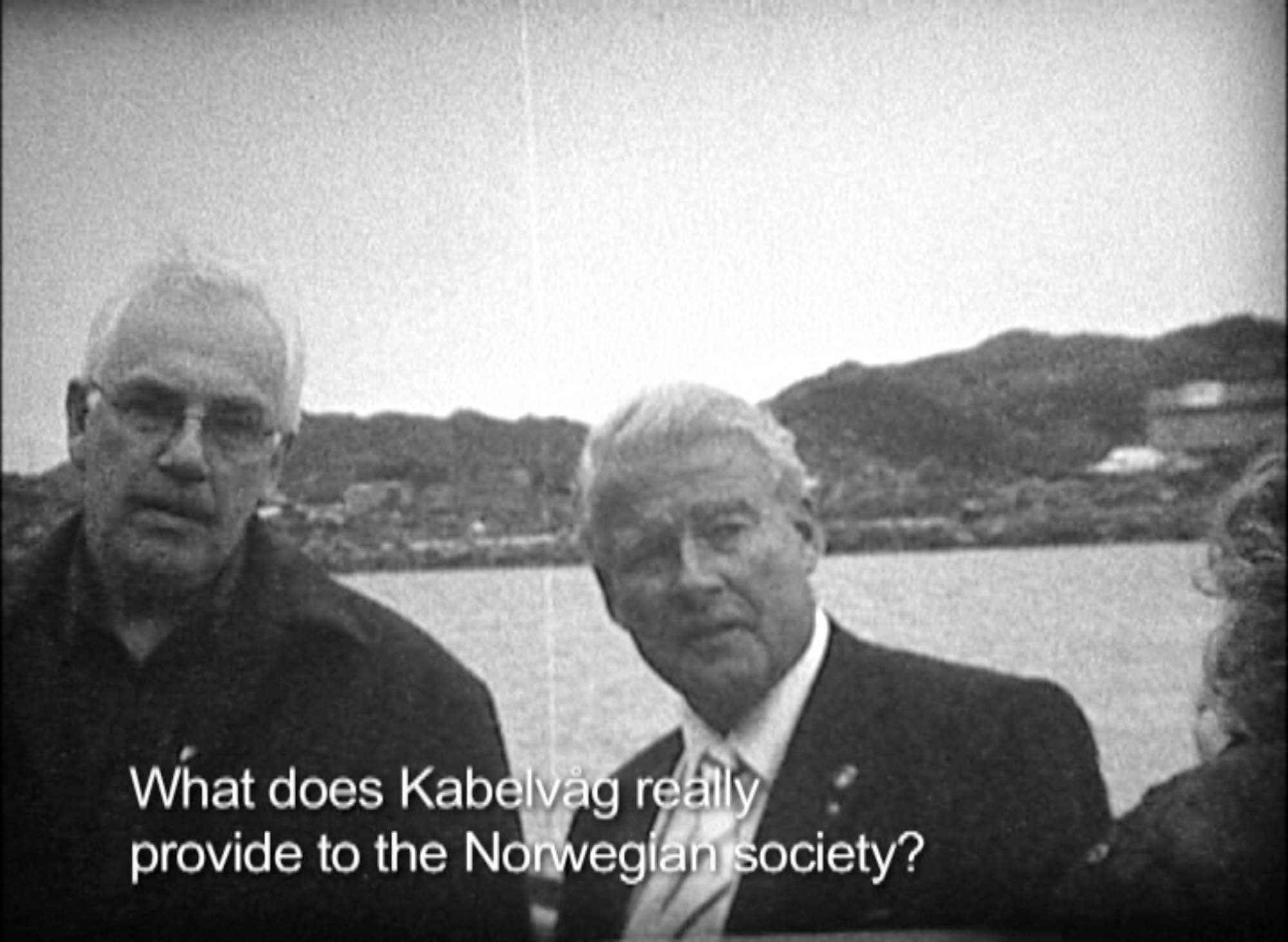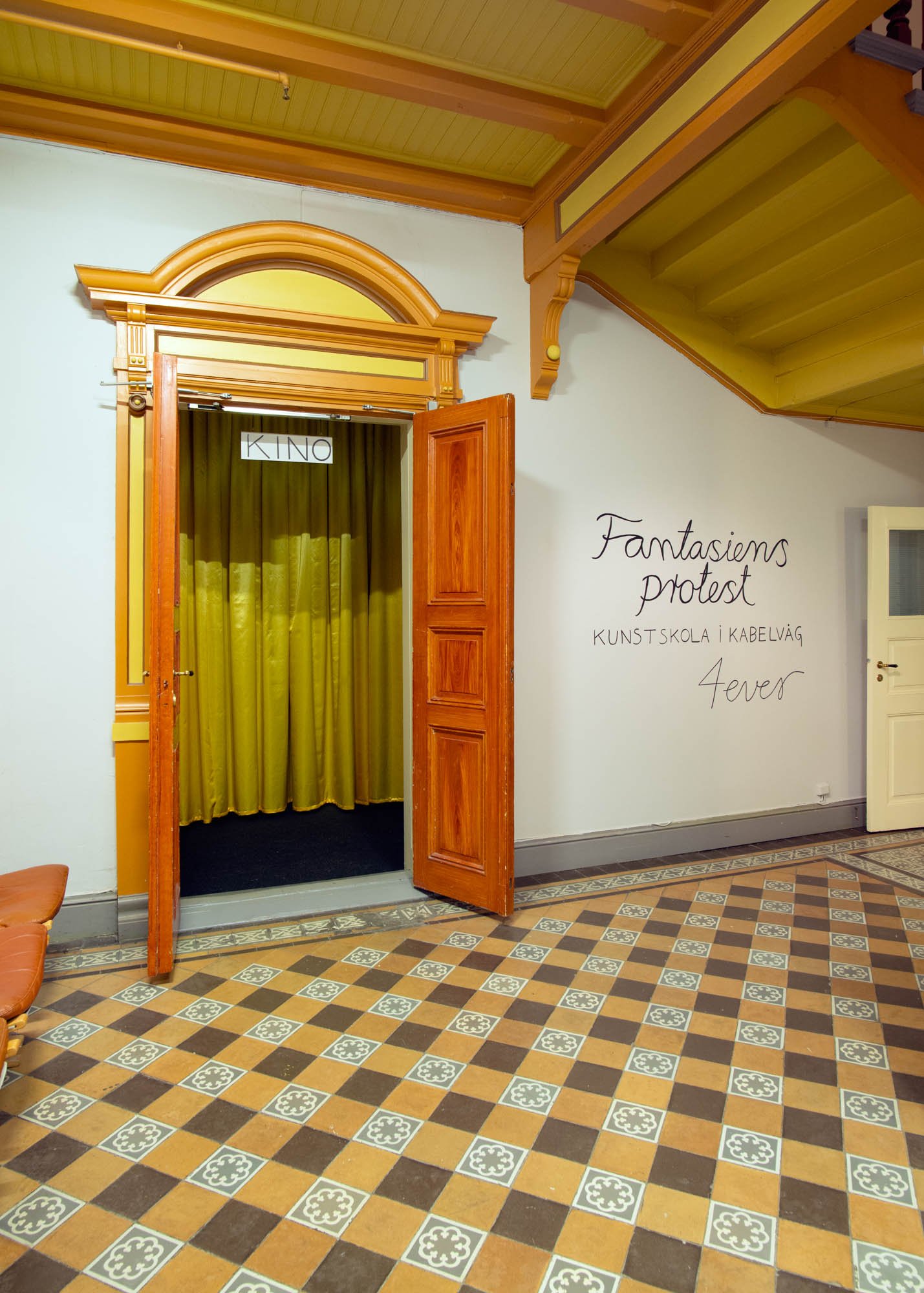Rich Stories of Struggle and Hope
Review of the exhibition Fantasiens protest – Kunstskola i Kabelvåg 4ever, Tromsø Kunstforening. 20.01.2022 - 24.04.2022, Tromsø
On display at the Tromsø Kunstforening, the experimental diversity of the works made by students’ of Nordland School of Arts and Film over the last almost twenty years offers a rich proposition to the audience’s imagination.
The exhibition Fantasiens protest – Kunstskola i Kabelvåg 4ever, which is a tribute to both the Nordland School of Arts and Film, its students and alumni, consists of films and installations in two rooms. One dedicated to a retrospective of films made by students of the school between 2002 and 2021; and the other containing the works of the previous students Sanjey Sureshkumar, Detour Collective (Anna Näumann and Magnus Holmen) and Anette Gellein.
A retrospective of moving images
Film and moving images are indeed central to the exhibition, and for me the film program felt like its most significant part and a real delight to watch in the exhibition-room-turned-cinema. The wall is sheltered from the entrance by a thick curtain and, in the darkness, a row of cinema chairs is barely distinguishable. To the right wall, upon closer inspection, a pedestal includes control switches. The audience is thus invited to program their own film screening in the exhibition, by choosing the film they want to see from a selection of 23 titles. Looking at this ‘film menu’, it appears clearly that the curators wanted to reflect the diversity of film languages that have emerged from the school, both in form and content. In that sense, all are interesting as witnesses of the lives and artistic paths that have been formed in the Lofoten village, Kabelvåg.
Selected gems from the archives
There is a lot to absorb when one is presented with so many different art films, and there is an obvious tension between the desire to create, or find coherence, and the unicity of each of these works. Among these, there is the poetic, humorous and political film by Mariken Halle, Trygve med hjertet I postkassa (2004), which depicts a teenage Norwegian boy who is preparing for the school dance with his friends, and realizes he hates his controlling mother. The film starts with the following ominous words: «It was the autumn I turned 12. The autumn leaves were falling from the trees and Norway was elected the world’s best country to live in. For the second time.» [1]
There is a vulnerability in Halle’s characters that is laced with respect: they are archetypes that meet one another in sometimes funny, sometimes sad or absurd situations, but the characters themselves are never the target of the laughter. The protagonist and his three close friends are played by non-returnable Ethiopian asylum seekers, making this seemingly light chronicle of adolescence into a commentary onto the country’s double standards: for whom is Norway really the best country in which to live?
There is also Mai-Lis Eira’s Sieidi / Offerstein (2017), an experimental documentary about the sacred stones of the Sámi people. Rather than showing the stones themselves or explaining what they stand for, the filmmaker follows the hollows and traces those sacred entities have left in her own story, and in the imagination of her people. The way she disrupts expected documentary narratives by focusing instead on passing impressions and faces of community elders, makes this film as intriguing as it is fascinating.
More conventional in form but also interesting is Karsten Meinich’s Farvel, Kabelvåg (2005). Despite being now 17 years old, the film is a relevant testimony of the risk of disappearance – for lack of better words – Kabelvåg (both the school itself and the village) has kept facing over the years. The film addresses how some (non-local) politicians and entrepreneurs have seen the art school as unnecessary, unprofitable, but then became very interested in this small coastal village as a large oil field was discovered in the sea off Lofoten. The film ends with the filmmaker bidding goodbye to Kabelvåg, marking the end of the student’s stay in the village, but also hinting at a darker future for the local community. Fortunately, the planned offshore oil rig did not see the light (but oil exploration continues in Lofoten), and the school survived two more attempts to deprive it of vital funding.
A story of hope and struggle
Special moments can happen when an art institution looks towards its immediate environment, extends its open hands towards those that constitute the fabric of the local artistic community. The Kunstforening giving us the opportunity to become familiar with some of the vibrant productions from the Nordland School of Arts and Film is one of these special moments. A similar magic moment also happened in 2021 when the art school once again was saved from being closed down. This time it was saved by becoming part of the UiT Norway’s Arctic university.
So maybe there is hope after all. At least this exhibition offers reasons to be hopeful for the future of art studies in the North, and for a fruitful artistic relationship between the Tromsø and Kabelvåg art scenes. And we can hope that, as part of the UiT, the Nordland School of Arts and Film will keep at heart the spirit of its manifesto: «We will be a laboratory for students and educators. We will educate filmmakers who dare to question the society we live in through moving images. Who dare to go their own ways, and find new spaces for film.» This exhibition proves that they have succeeded in doing that so far.
Notes:
“Det var den høsten jeg fylte 12. Den høsten bladene falt fra trærne og Norge ble kåret til verdens beste land å bo. For andre gang.»
Disclaimer: Marion Bouvier and artist Anna Näumann, who is one half of the Detour Collective duo, have collaborated on several art projects over the past 2 years. The exhibition was also part of Tromsø International Film Festival 2022. Bouvier is involved in TiFF but was not involved in the exhibition.




